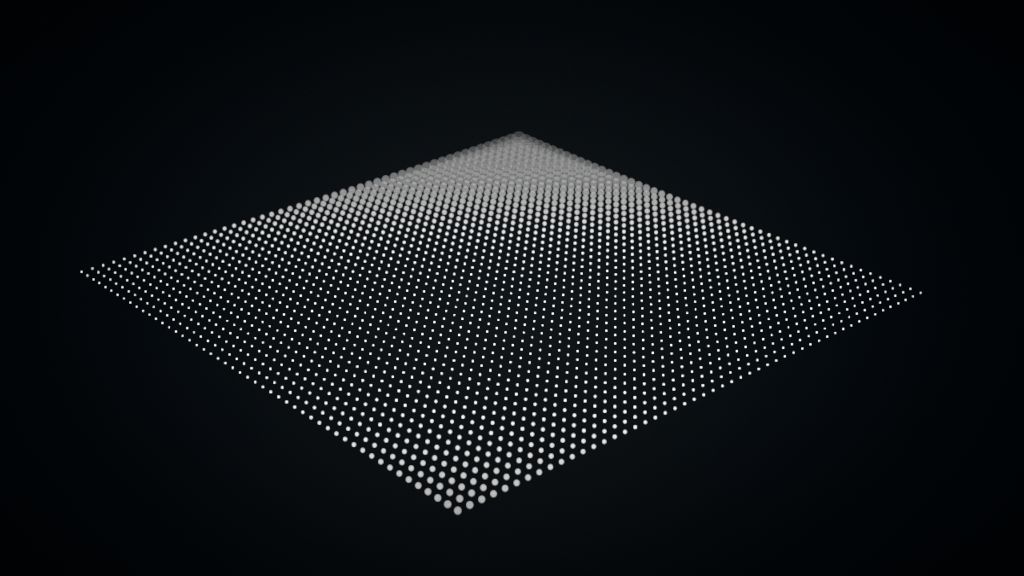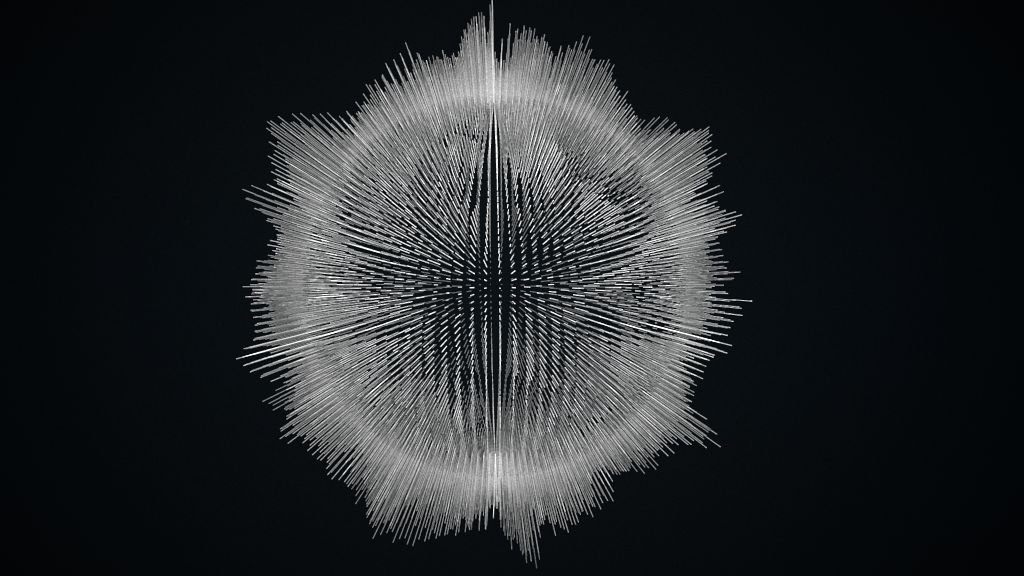
General
This is where the render nodes is located.

Point_Render
This is the final node in your tree, that will render out beautiful images.
Inside this node you can pick render mode (Point, Wire or Vertex) and set controls specific to each render mode. You can also control things like depth of field and motion blur.
The nodes takes a Point Data stream and a Camera as input. Alternative inputs are the Occlusion that will lets you supply a “holdout” depth occlusion layer, to make it easier to integrate into external 3d renders. There is also a AUX input that will let you add a custom wire connection along a custom vector.

Generators
This is the section of "geometry" generator nodes, that creates the points and is the source of all of your setups. Common for mostly all of these nodes are basic point count controls as well as size and transformation controls.

Point_Plane
This node is your basic “2D” card, just the nuke “card” node.
Outside the common generator controls this card also have some creative options, that let you add offsets to every other row of points or let you add gabs in between sections of points.

Point_Sphere
The point sphere mimics the sphere node from Nuke, where vertical lines all meet at the poles.
To avoid this causing bright hotspots when rendering many point there is a “Reduce Pole” option to make these areas darker and as such make a full sphere appear more even.
The node also have some creative controls that let you “unwrap” the sphere.

Point_Torus
This is your basic donut shape.
Like the point_sphere it has control for modifying the completion of the shape. But the Point_Torus also let you offset the edges of the ring and the inner radius for even more creative control.

Point_Cylinder
This node is your basic “2D” card, just the nuke “card” node.
Outside the common generator controls this card also have some creative options, that let you add offsets to every other row of points or let you add gabs in between sections of points.

Point_UnitSphere_NU
Unlike the Point_Sphere, the Unit Sphere uses randomly distributed points that will make it look more scattered. The “NU” means non euclidean and is due to the fact that the points does not have any local connections.
So wire and facet rendering will give some quite messy results.

Point_Grid_NU
This is a basic grid.
Unlike the other generator nodes, you here define the number of points in both x, y and z individually.
Like the other NU nodes wire and facet rendering might not results in pleasing results

Point_GeoSource_NU
If you have imported Geo into Nuke, you can point it into this node, and it will output point data. This node is using the NukeX particle system to convert vertices into image data, and as such regular particle system limitations and caching applies to this node. Such as a limit of no more than 1 million points.

Modifiers
This is the section of "geometry" generator nodes, that creates the points and is the source of all of your setups. Common for mostly all of these nodes are basic point count controls as well as size and transformation controls.

Point_Expression
The Point Expression node is just a fast way to do expression node style edits to the point position data without. It turns pos.r, pos.g and pos.b into r,g, and b, making the code a bit cleaner.

Point_Fractal
This node applies a fractal transformation to your points. This node will let you modify the low and high frequency noise individually giving you much more in-depth control over the look.

Point_Fractal_Evolve
Point Fractal Evolve acts a bit like a very simple particle system. It takes your basic fractal and evolves it over time, with additional drag, gravity and initial velocity. This node is still very much work in progress, and I would love some feedback on how this should work in the future

Point_RadialForce
This node applies a radial force that let you repel or attract points to to a point in space. You can control softness and force method. And also limit it to just apply to a single axis (rather than radially)

Point_Transform
Basic 3D Transformation node with Translation, Scale, Rotation, Skew etc.

Point_Twist
This node let you twist the points around an axis. You can control twist amount and offset.

Shaders
This is the section of "geometry" generator nodes, that creates the points and is the source of all of your setups. Common for mostly all of these nodes are basic point count controls as well as size and transformation controls.

Point_Distance
Calculate the distance from a point in space to each of the points. This can be used for masking or distance based shading.

Point_FractalMask
This node works a bit like the Point_Distance node, but with the addition of a fractal component.

Point_Light
This is your basic point light. Since it internally calculates normals this node does not work with _NU geo nodes.

Point_MotionShader
Calculate the motion vector or motion velocity of your points. This is good to amplify the point colors based on their speed.

Point_Normal
Calculates the normal vector of the points. Does not work with _NU geo nodes.
In this example it’s used to in the AUX channel of the wire render mode to create custom wires along the normal of the sphere.

Point_Proximity
This node calculates the proximity of the points. If they are closer to each other it will become brighter and vice versa. Its good for adding texture to the facet rendering mode. This node does not work with _NU geo nodes.

Point_ReflectionShader
Plug your camera and an environment map into this node to create a reflection texture. This node calculates normals internally and as such won’t work with _NU geo nodes.

Point_Texture
Basic texture shader.
Unlike a basic merge this node will compensate for changes to point count etc.
